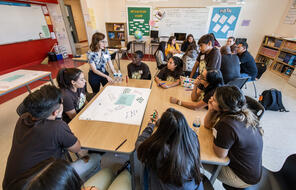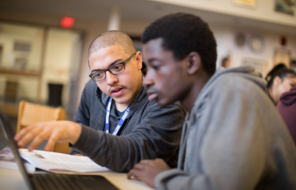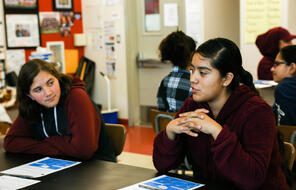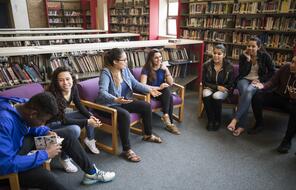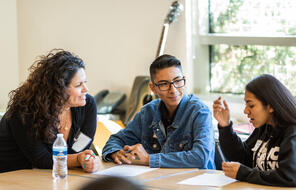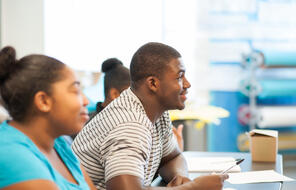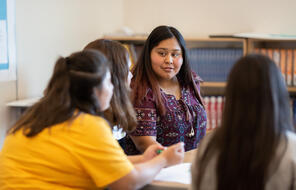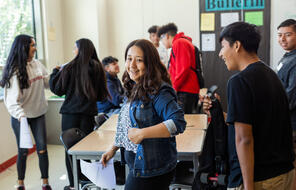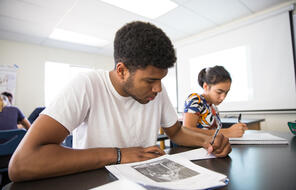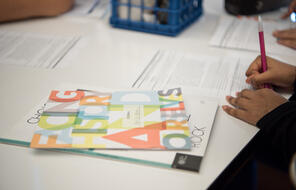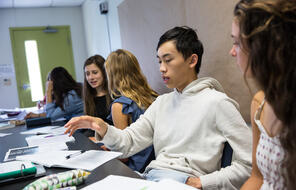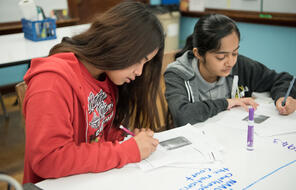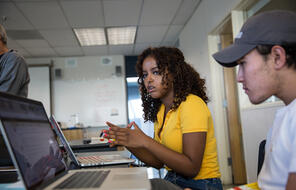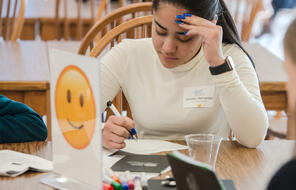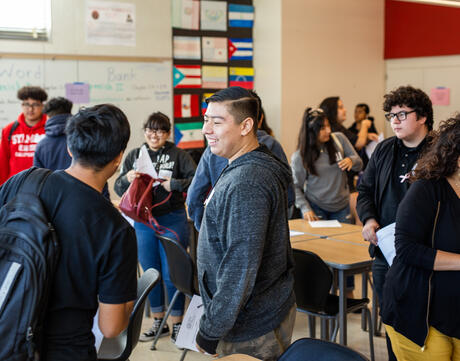
Back to School: Building Community for Connection and Learning
Resources
2Subject
- English & Language Arts
- History
- Social Studies
Grade
6–12Language
English — USPublished
Updated
Get it in Google Drive!
Get everything you need including content from this page
Get it in Google Drive!
Get everything you need including content from this page
Overview
About This Back-to-School Toolkit
The back-to-school activities and ideas in this toolkit will help you create a learning environment where students can thrive. Educators may feel pressured to jump right into instruction at the beginning of the school year. Yet taking the time in the first few weeks of school to nurture community, build relationships, and attend to students’ social-emotional needs lays the foundation for students to engage with the content, take risks, and support one another all year.
The resources in this toolkit are modular and flexible. They include professional learning for educators grounded in four core priorities of trauma-informed instruction, daily classroom routines for creating continuity and helping students feel safe and emotionally secure, and classroom activities that foster trust and a sense of belonging in the classroom for the school year ahead.
This toolkit supports Facing History's US History Curriculum Collection: Democracy & Freedom.
Preparing to Teach
Preparing to Welcome Students Back to School
This back-to-school toolkit is designed to help you lay the foundation of community and care with your students for the school year ahead. Watch our Back-to-School webinar for a tour of the versatile strategies and resources this toolkit has to offer.
As you prepare to welcome your students back to school this fall, we recommend the following:
Inside this Toolkit
Additional Resources
Unlimited Access to Learning. More Added Every Month.
Facing History & Ourselves is designed for educators who want to help students explore identity, think critically, grow emotionally, act ethically, and participate in civic life. It’s hard work, so we’ve developed some go-to professional learning opportunities to help you along the way.
Exploring ELA Text Selection with Julia Torres
On-Demand

Working for Justice, Equity and Civic Agency in Our Schools: A Conversation with Clint Smith
On-Demand

Centering Student Voices to Build Community and Agency
On-Demand


